
Learn how to propagate red osier dogwoods for a beautiful four-season display and happy birds.
Jump to:
- Native, Decorative, and Fast-Growing
- How To Propagate Red Osier Dogwoods From Cuttings
- Propagating Red Osier Dogwoods from Softwood Cuttings
- Propagating Red Osier Dogwood from Hardwood Cuttings
- Tips For Growing and Enjoying Red Osier Dogwoods
- Plant them in groups
- Prune your red osier dogwoods in late winter
- Red osier dogwoods like moisture and at least partial sun
- Mulch red osier dogwoods
Native, Decorative, and Fast-Growing
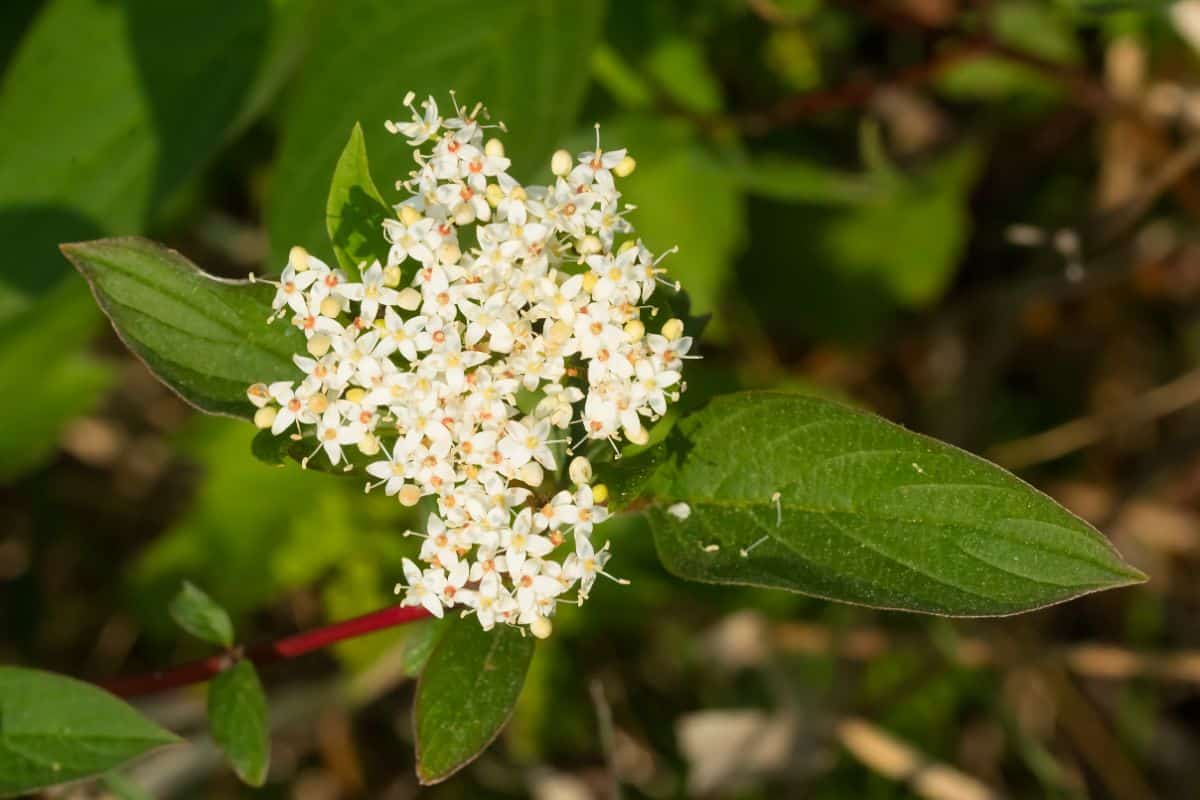
You’d be hard-pressed to find a native shrub that is easier to transplant, propagate, and care for and has such all-season appeal. Red osier dogwoods are known botanically as Cornus sericea and are well-adapted to most of the US. They are native to all but the American Southeast and the Texas and Oklahoma area.
Famous for their winter beauty, these dogwoods display brilliant red twigs that stand out against the dull, drab tones and white snow of winter. Their twigs are commonly harvested for decoration, whether in a vase, as part of a wreath, or adorned with other ornaments.
These shrubs are no slouch during the other seasons, either. In late spring, dark green, deeply veined foliage surrounds cream or white clusters of flowers, which give way in late summer to white berries that sometimes have a blue tinge. Fall foliage is a deep burgundy with hints of purple and is reason enough to add some red osier dogwoods to your landscape.
The fruits are beloved by birds, including cedar waxwings, bluebirds, cardinals, yellow-rumped warblers, hermit thrushes, and even woodpeckers. Some 95 species of backyard birds make use of the plant, as well as small mammals. The flowers attract pollinators in the spring, including moths, butterflies, and short- and long-tongued bees.
These thicket-forming shrubs are adaptable to clay, loam, or sandy soils and a wide range of soil pH, from slightly acidic to alkaline. Despite the name, some cultivars have been developed with golden-yellow stems.
While red osier dogwoods can be purchased from nurseries in the spring, they are so easy to propagate that you can easily grow all you need for that border planting or hedgerow and keep a few bucks in your pocket.
How To Propagate Red Osier Dogwoods From Cuttings

Red osier dogwoods, as well as other shrubbier dogwoods, are quite cooperative to root from cuttings. If you are new to the propagating game, these showy shrubberies are an excellent place to start.
As always, “stick” more cuttings than you need to account for a few losses, although with softwood cuttings, rooting with more than a 90% success rate is not uncommon.
Propagating Red Osier Dogwoods from Softwood Cuttings
- Take cuttings from June into early fall, from this year’s new growth that is still green and flexible.
- Select a piece of stem about four to six inches long for softwood cuttings.
- Trim it off with sharp shears or secateurs.
- Strip all but the top pair of leaves from the stem, and make a fresh cut just below a node. The node is the most likely place where new roots will develop.
- Moisten the bottom half-inch of the stem and dip it in a rooting hormone. A 1000pm IBA solution works fine.
- Fill a small container or pot with a well-moistened propagation mix. A 50:50 mixture of coconut coir and perlite works excellently. Damp sand or shredded pine bark mixed with perlite is also fine.
- Poke a hole in the medium and gently insert your cutting, firming the medium around the stem.
- Once all cuttings have been stuck, place them in a bright location out of direct sunlight. Don’t let your cuttings sit in the sun until they have rooted well and added new growth.
- Nurseries use a timed mist setup, but you can provide the needed humidity with a humidity dome or a plastic bag. Don’t let the plastic touch the leaves. You may need to use sticks or pencils to prop up the sides.
- In 4-6 weeks, you can check the progress of your new plants’ roots by gently giving the stem a little tug. If there is resistance, your red osier dogwood cuttings have grown roots.
- Transplant them into small pots to grow until they are ready for planting out. Start with 1 qt pots and then move up to gallon size. They are fast growers.
Propagating Red Osier Dogwood from Hardwood Cuttings
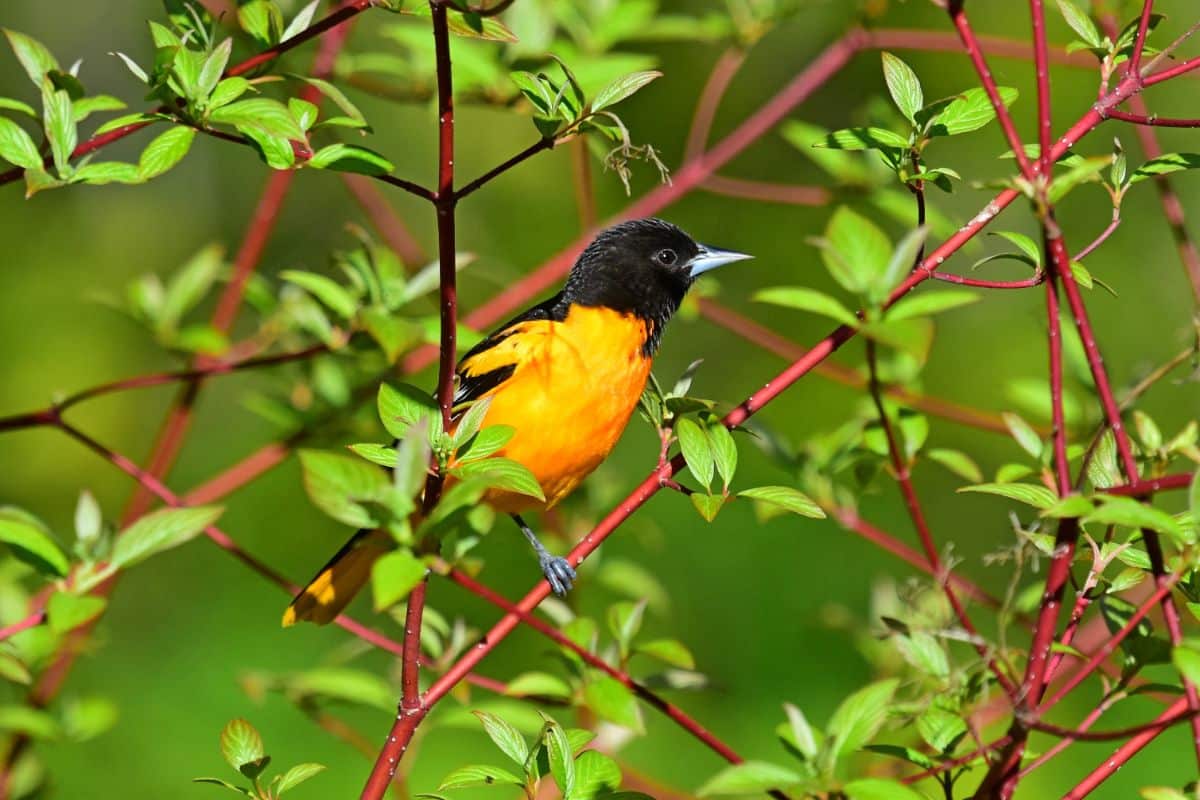
- sericea is also easy to root from hardwood cuttings. If it is still the dormant season where you live, grab pruning shears and gather some scion stock. They should be lined out (planted) when the ground is workable in spring but before leaves begin popping out.
Hardwood cuttings taken in January and February can be expected to root up to 70% successfully. However, even those taken in early and late winter will likely root better than 50%.
- Harvest longer sticks and then trim them to length at home. Mark which end is “up.”
- If you aren’t ready to stick your cuttings, store them in damp moss or coir in a cool space.
- When ready to propagate, cut longer pieces into sticks about 8-12 inches long with pruning shears.
- Prepare a bed of loose soil with decent drainage and a little compost.
- Line out the cuttings –basically just planting them bottom-end down–in the bed, about halfway deep.
- Lightly water and wait. You’ll know things are happening when the buds pop out of leaves. Wait a bit longer for the tug test. It seems too easy, but it works.
Those hardwood cuttings that root can be grown in their bed location for the season before being transplanted in early fall or held over until spring.
Tips For Growing and Enjoying Red Osier Dogwoods

Plant them in groups
That’s the reason you learned to propagate them, right? Red osier dogwood is stunning in mass displays. Using them in hedges, at the borders of fields, and along wooded edges lets them sucker and form large, wildlife-attracting thickets. It will also make harvesting any decorative pieces easier.
Prune your red osier dogwoods in late winter
While your red osier dogwoods don’t need to be pruned, you can certainly do so to maintain the size and shape of the cluster.
Another reason to prune is for color. The brightest winter stem color is on new growth. However, flowers and berries occur on 2-year-old stems. To get a nice mix, trim about a third of the shrub to near ground level every winter. Use the pruned stems to make even more dogwoods to give away or sell.
Red osier dogwoods like moisture and at least partial sun
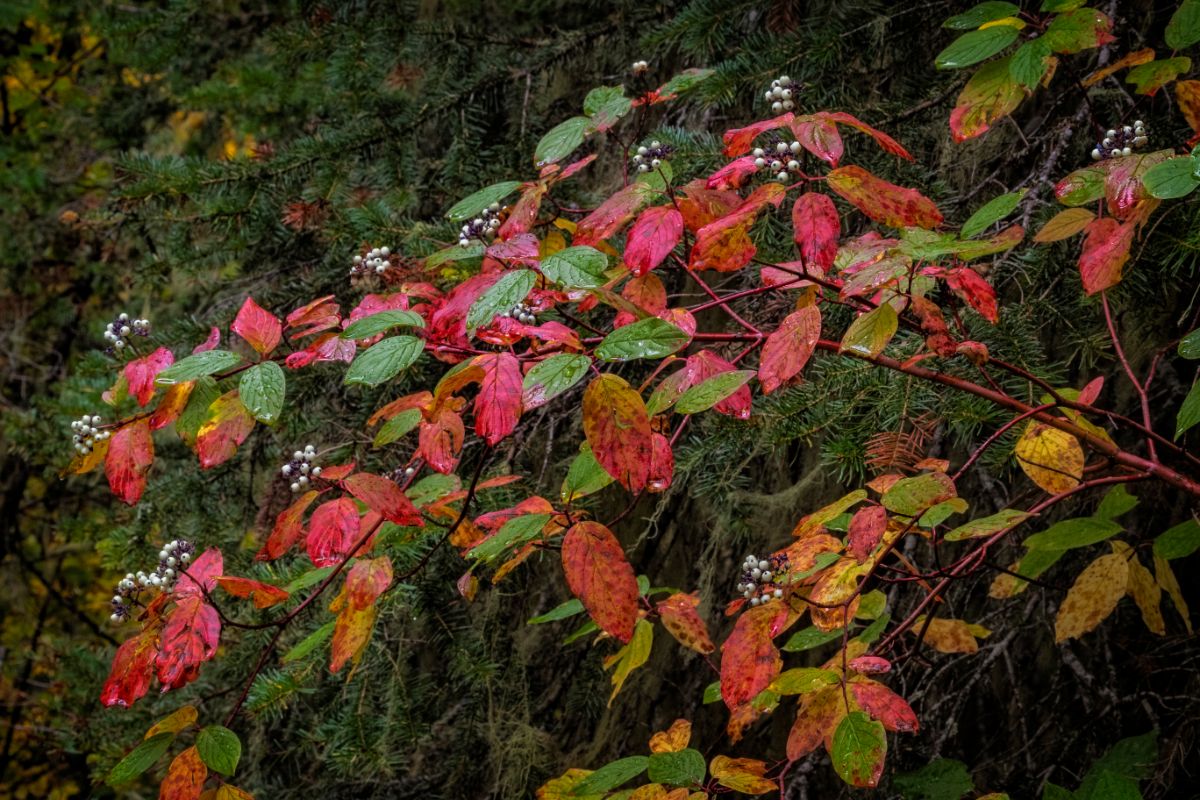
These shrubs are fast growers and like full sun but will grow in partial shade. The best sites are rich in organic matter, moist but still well-drained. While often thought of as marsh dwellers, looking closer will reveal that they often grow on the upper portion of an embankment or ditch edge. However, they will tolerate occasional flooding.
Mulch red osier dogwoods
If you add them to a perennial bed instead of a more naturalized setting, mulch around them to keep unsightly grasses from becoming entangled in the stems. Any light-colored mulch will set off its dark green foliage, white flowers, berries, and crimson twigs.
Mulching will also keep the soil more evenly moist and keep you from damaging them with the string trimmer.

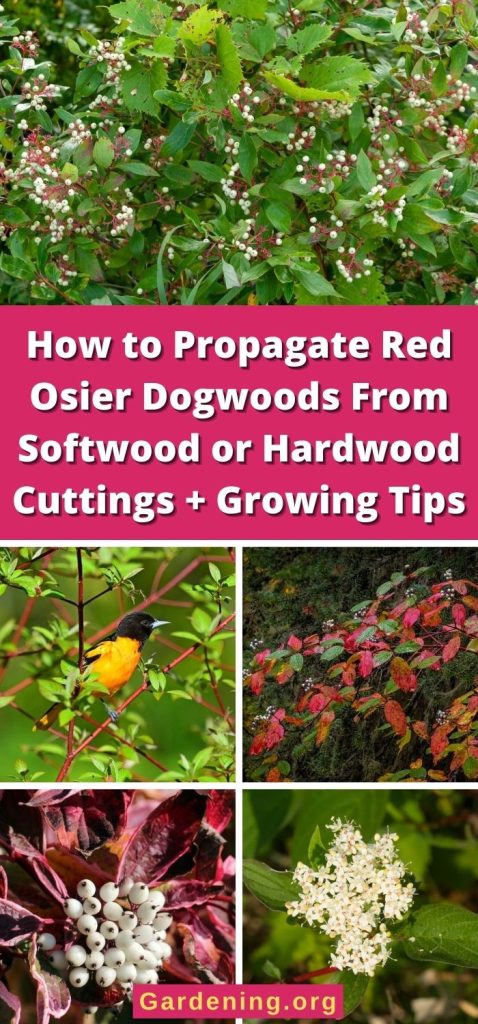
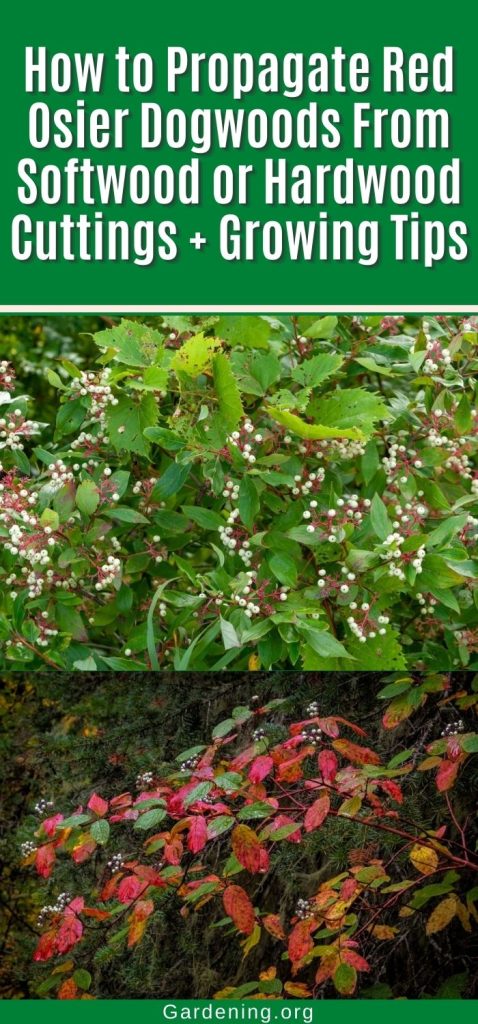
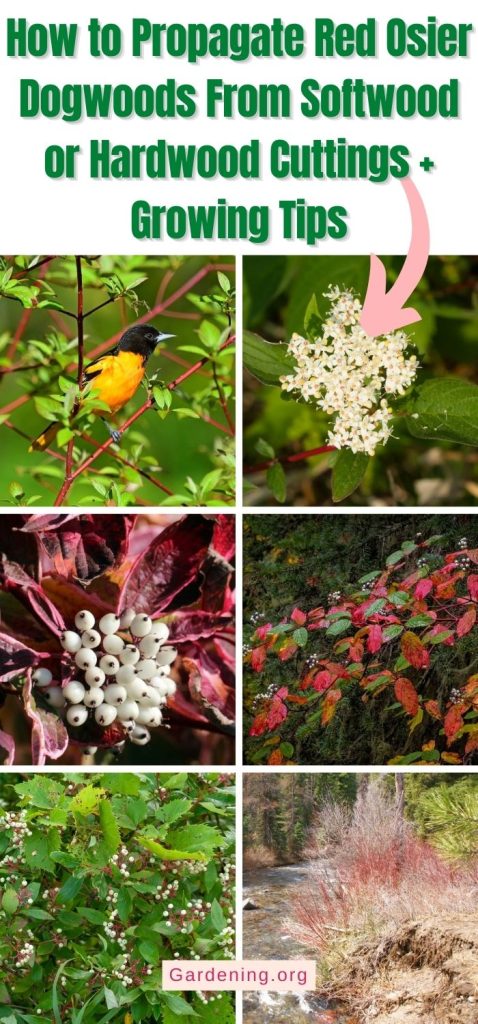
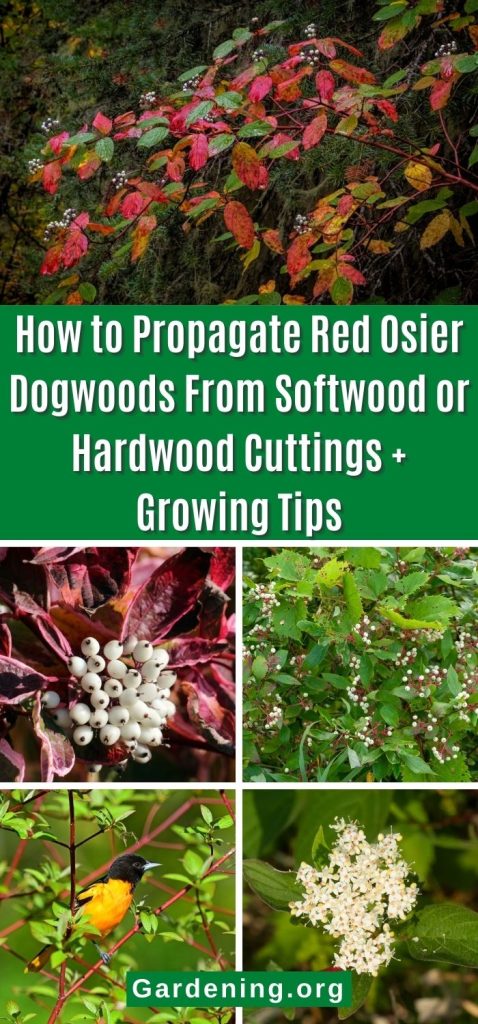

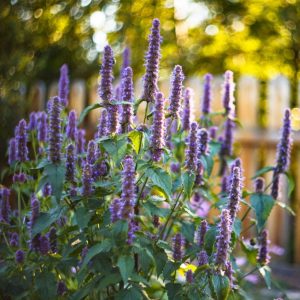

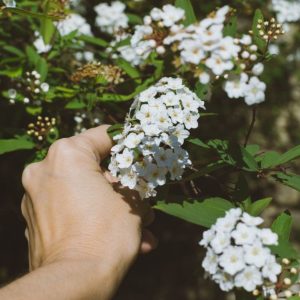
Leave a Reply